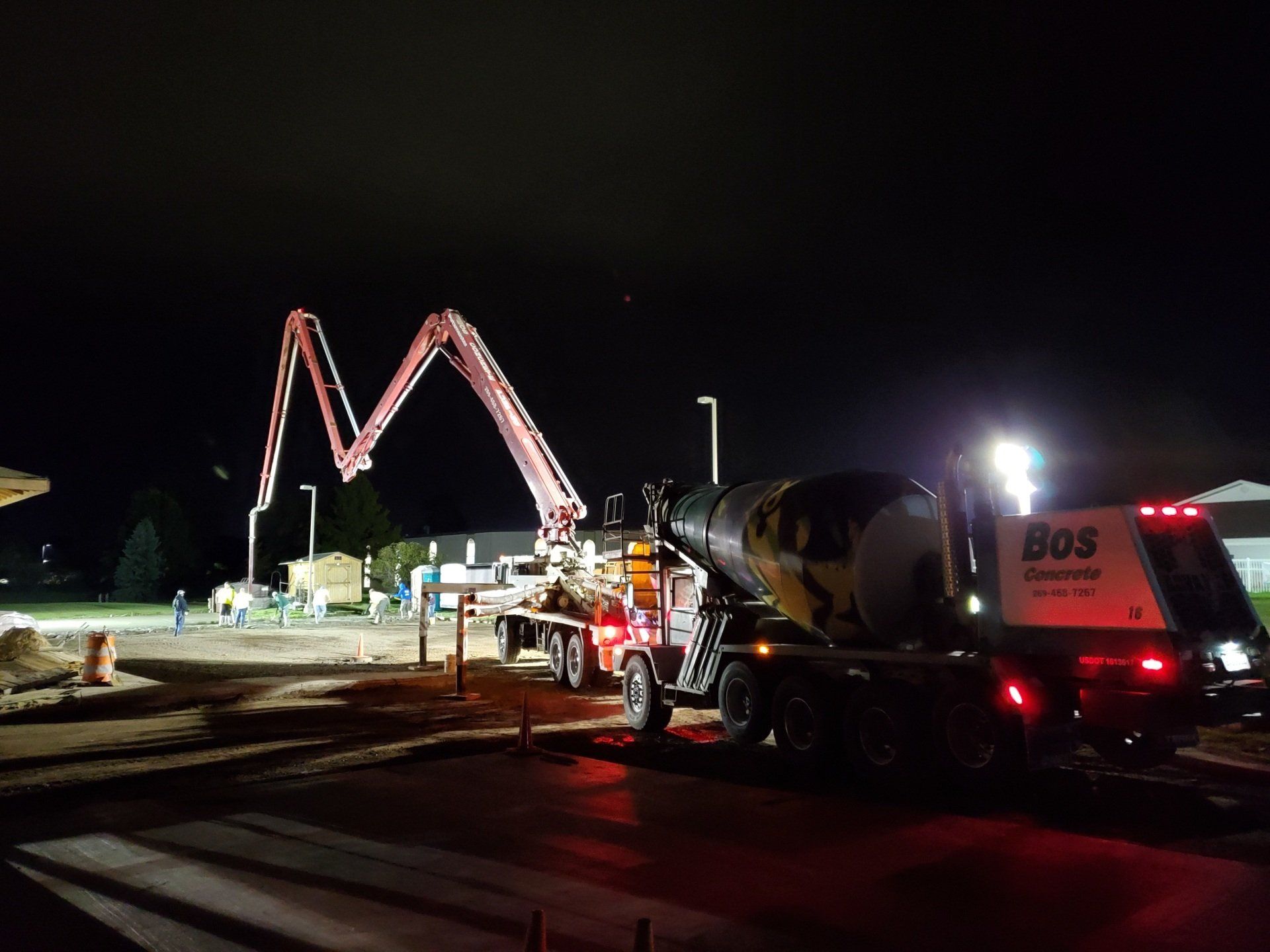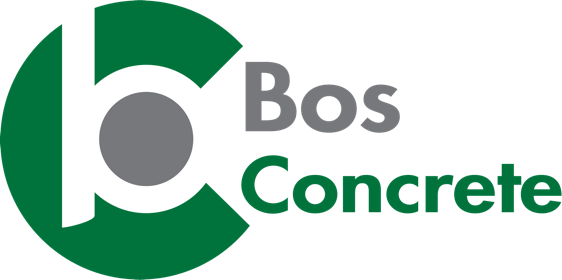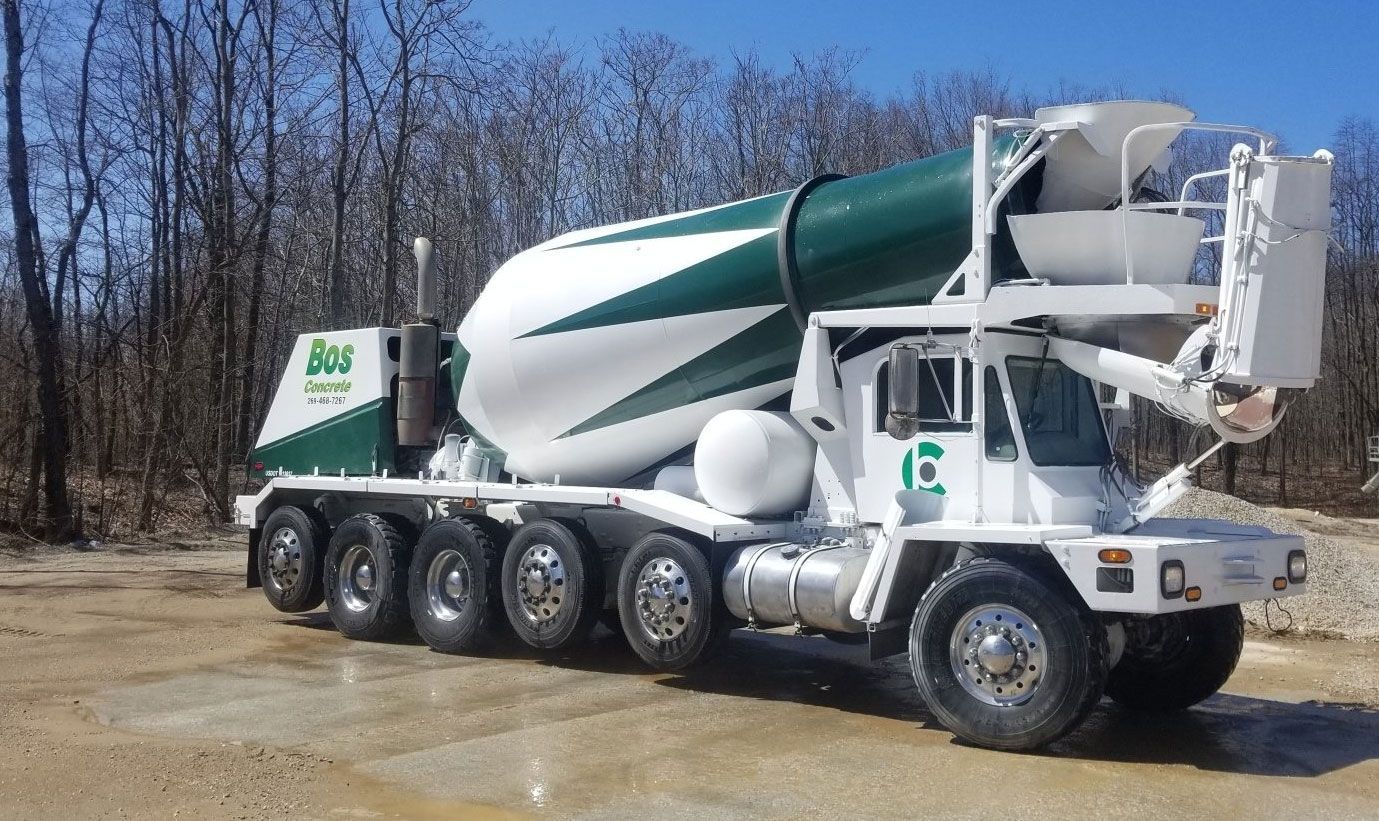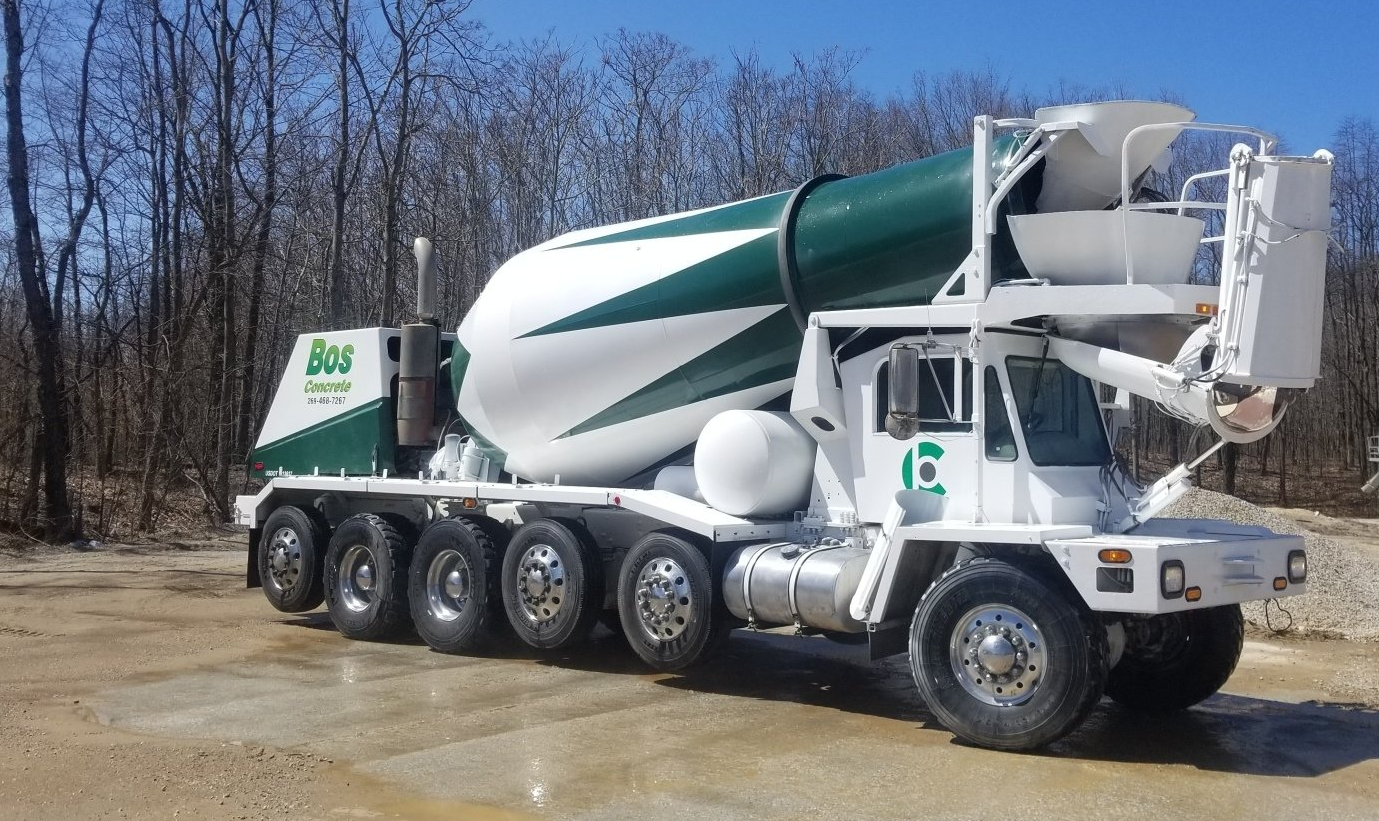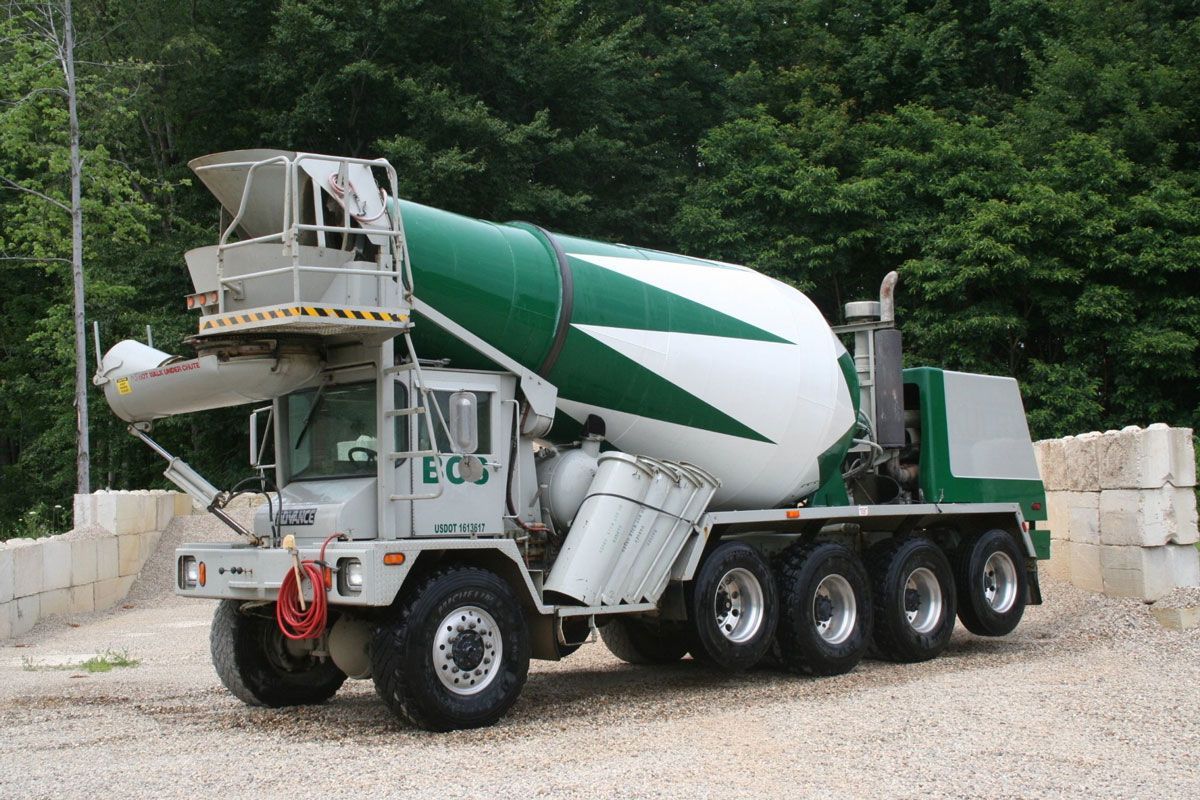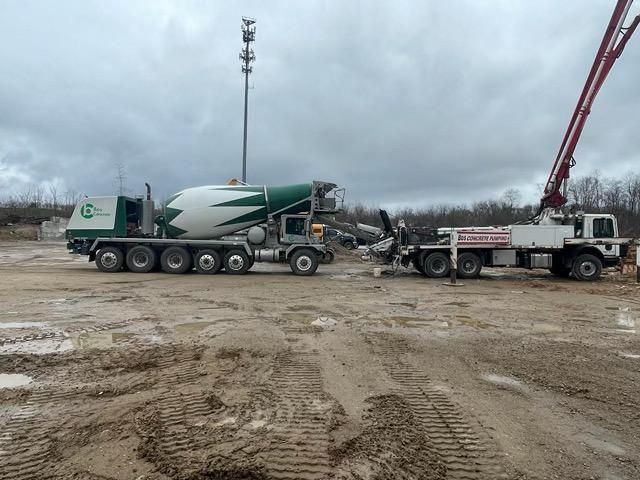How to Get Concrete Poured into Hard-to-Reach Areas
A Comprehensive Guide to Pouring Concrete in Hard-to-Reach Locations
As contractors, we know that home and business owners ask us to pour concrete in some hard-to-reach areas. It could be a patio they want to be installed behind the garage or a walkway up to the alley door that is dominated by tall buildings and garbage cans. Not to mention bridges and tall buildings that require special pumps.
Contractors like yourself never want to turn down business because it appears too difficult. You want solutions to problems. In this blog, we’ll explain the many ways you can get concrete poured into that tight area. But first, let’s look at the five pouring methods.
The Different Ways To Pour Concrete
Before focusing on tight or inconvenient spaces, let’s get an understanding of all the ways concrete can be poured.
1.Tailgating
This is a term used when the concrete is poured into the job directly from the mixer truck. There are small chutes on mixer trucks, which is why it’s called tailgating. Tailgating is easy and convenient, but it can’t reach those difficult places we’ve been discussing.
2. Wheelbarrows
You can transfer concrete the old-fashioned way, which is using a wheelbarrow, but we only recommend this if the job is small and you have experience. You don’t want concrete to be spilling all over.
3. Buggies
Some wheelbarrows run by motor and they’re called Concrete Buggies. These are a fantastic alternative to the wheelbarrow, but they can only work horizontally. If your job requires a vertical pour, you’ll need the next method.
4. Pumping
I’m sure you’re not surprised to find that the best way to get an inconvenient concrete job done is with pumping. With the various types of pumps available, you can do all kinds of interesting jobs.
Pump trucks do exactly what their name implies, they pump concrete above any hurdle and around obstructions. In short, pumps will get the concrete in those places buggies and wheelbarrows will not.
Here are the types of pumps available.
Line Pumps
These types of pumps have long hoses that run from the truck to the job site. Line pumps can get into basements, through crowded areas, and even over muddy surfaces. These are convenient and less expensive than the next kind of pump.
Boom Pumps
Boom pumps are similar to line pumps but they also offer a robotic arm. Technicians move the arm methodically so concrete can be poured in the most unlikely places. Boom pumps are excellent for large volumes of concrete and when working on a vertical job. The boom pump also allows the truck to stay, which lessens the stress of the job.
5. Conveyor Trucks
This type of method is also revealed in the title. Using a conveyor belt, this type of truck can move concrete, instead of the hose. This method isn’t as pricey but not as capable.
Some Examples of Difficult Areas to Pour Concrete
There are several areas on jobs where concrete is more difficult to pour than others. An example of an easy pour would be a sidewalk. Here are some examples of more difficult jobs.
High Places
Tall buildings are made of concrete. The contractors use boom pumps to make it happen because this is the best type of pump for vertical jobs.
Muddy Places
Mud is a contractor's enemy. It makes everything dirty and difficult. Concrete is heavy, so getting a full truck into a muddy area is a problem. Pumping offers contractors the ability to pour while keeping the truck stable on dry land.
Large Places
When it comes to larger jobs like the foundation of a skyscraper, pumping offers contractors a fast way to get the job done. Using wheelbarrows and buggies will only prolong the time spent doing the job.
Crowded Places
Job sites that have too many people can be frustrating. But we are only in charge of our teams and cannot control passers-by or pedestrians. Line pumps can help when you can’t control the crowd.
Underwater Places
Pumps help pour concrete underwater, which is essential when building bridges. While most people think concrete needs to dry, there is a chemical reaction when it touches the water. The outside begins to amalgamate. The inside takes longer to harden but this voids the fallacy that concrete needs open air to dry.
Steep Places
Driveways and other man-made creations require sloping. To achieve this effect contractors must use thicker concrete. Some contractors apply concrete with a sprayer to achieve unusual shapes like tunnels, slopes, and in-ground swimming pools.
Do You Need To Get Concrete Poured into a Tight Area in Southwest Michigan?
If you have a job in the
Kalamazoo,
Benton Harbor,
South Haven and
Plainwell, MI area that requires concrete pumping in a tight or inconvenient area give us at Bos Concrete a call. We have the equipment and expertise to get the job done and done right.
